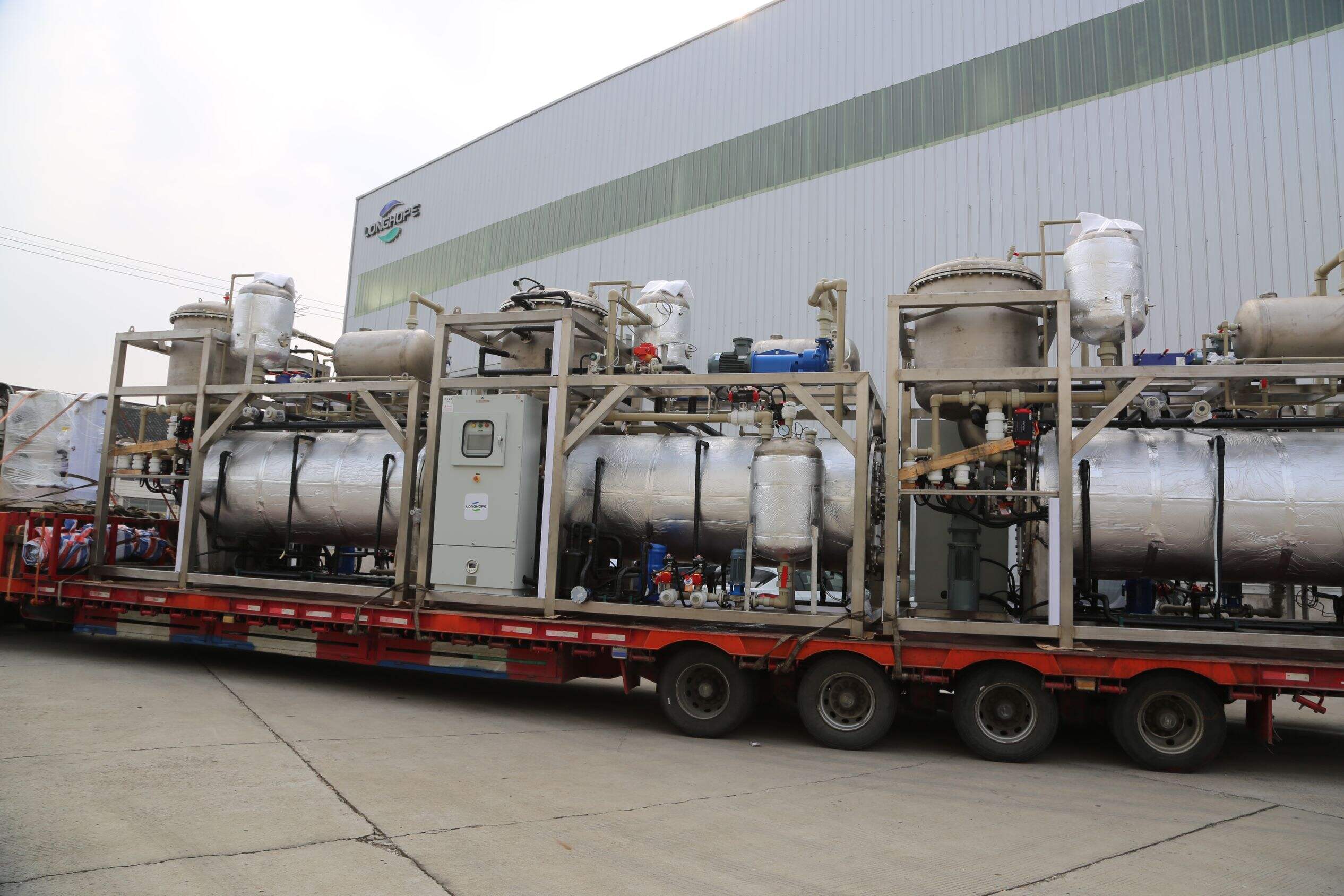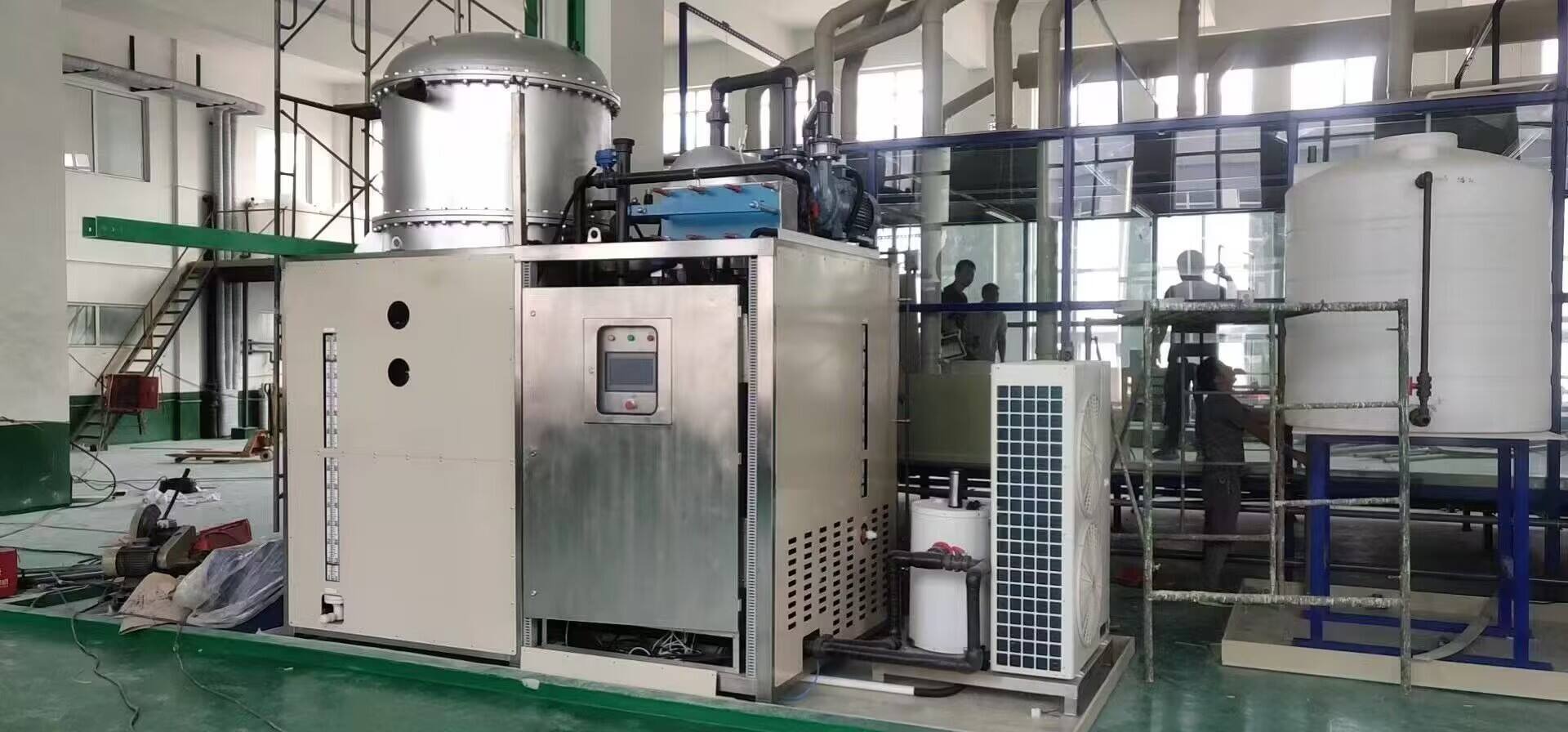centralized wastewater treatment facility
A centralized wastewater treatment facility represents a comprehensive solution for managing and processing wastewater from multiple sources within a designated area. These advanced facilities employ a sophisticated series of physical, chemical, and biological processes to transform contaminated water into environmentally safe effluent. The primary treatment phase involves screening and sedimentation to remove large debris and suspended solids. Following this, secondary treatment utilizes biological processes, including activated sludge systems and trickling filters, to break down organic matter. Advanced tertiary treatment then removes remaining contaminants, nutrients, and potentially harmful substances through processes such as filtration, disinfection, and chemical treatment. Modern facilities incorporate automated monitoring systems, real-time data analysis, and energy-efficient technologies to optimize performance and reduce operational costs. These facilities typically feature large-scale processing capabilities, handling millions of gallons daily while maintaining strict compliance with environmental regulations. The treated water can be safely discharged into natural water bodies or repurposed for industrial applications, agriculture, or landscape irrigation, contributing to water conservation efforts.


